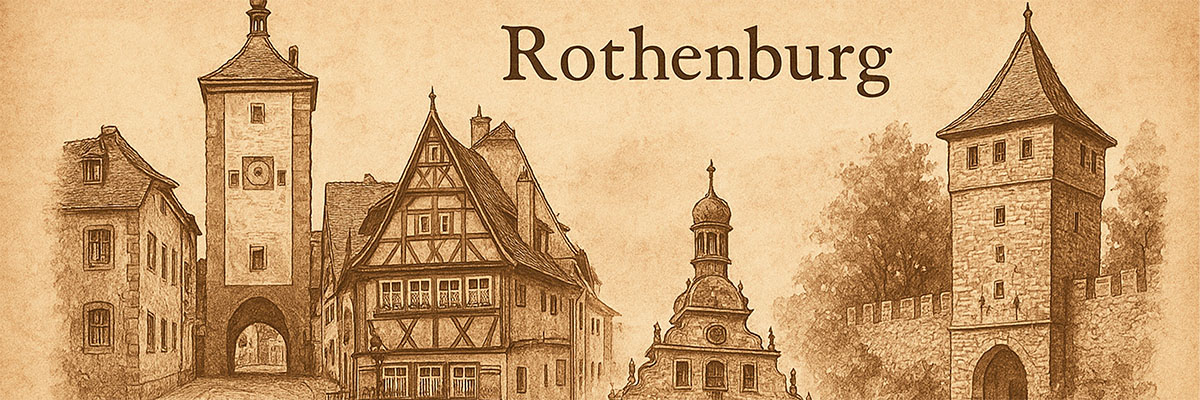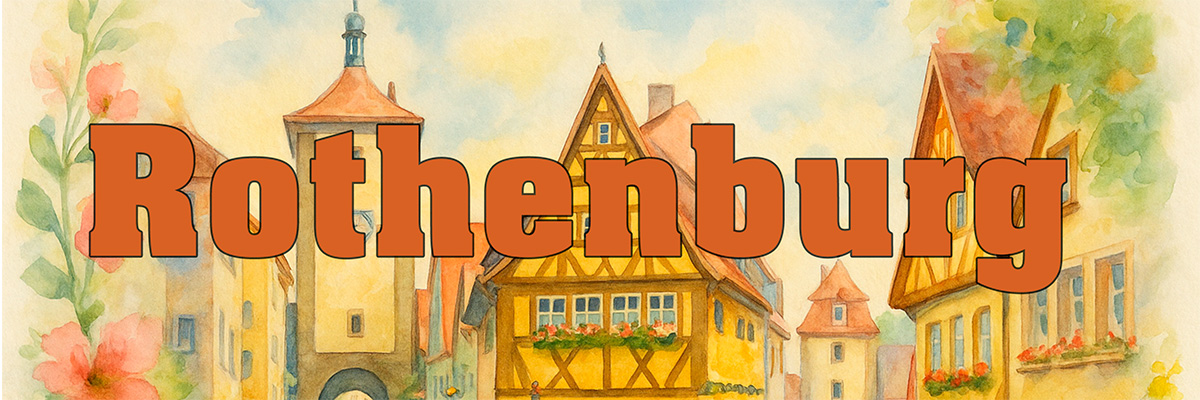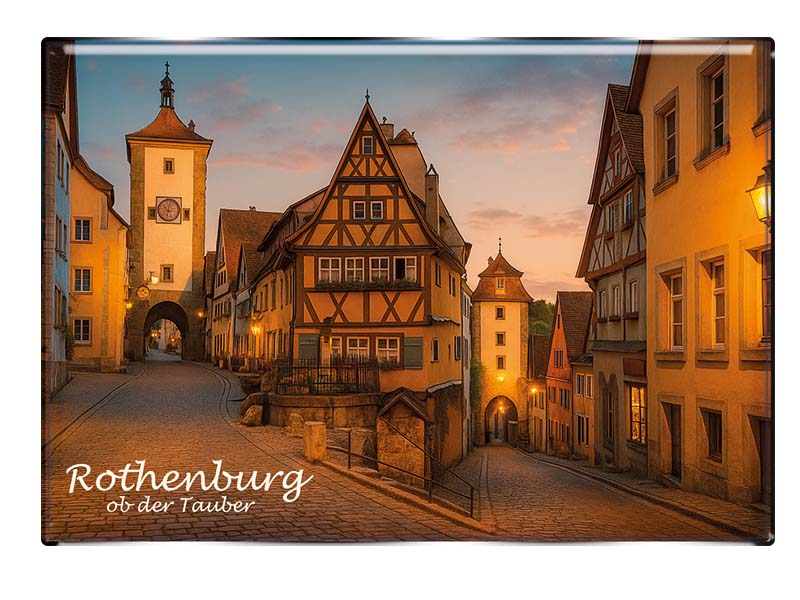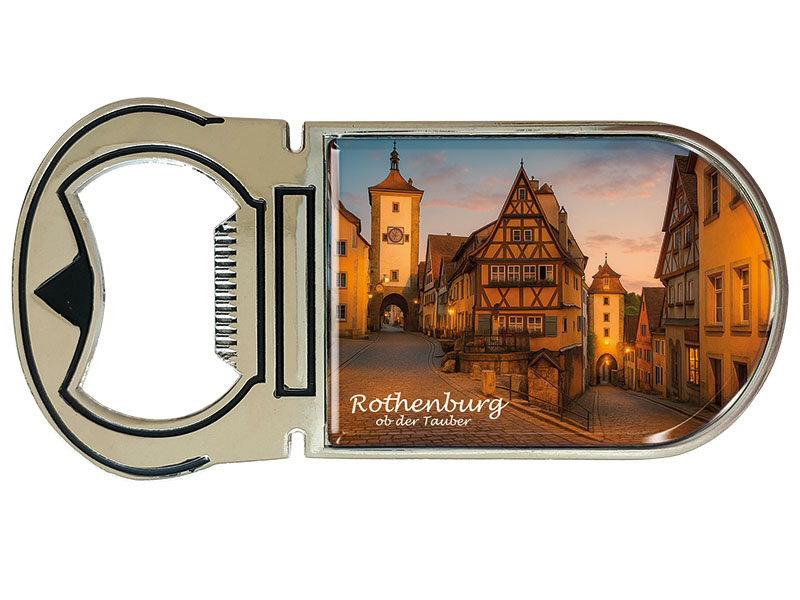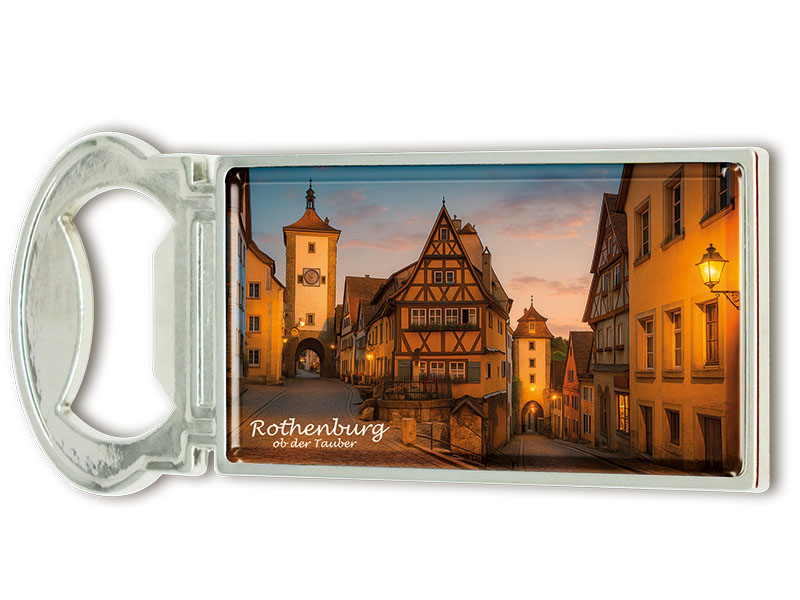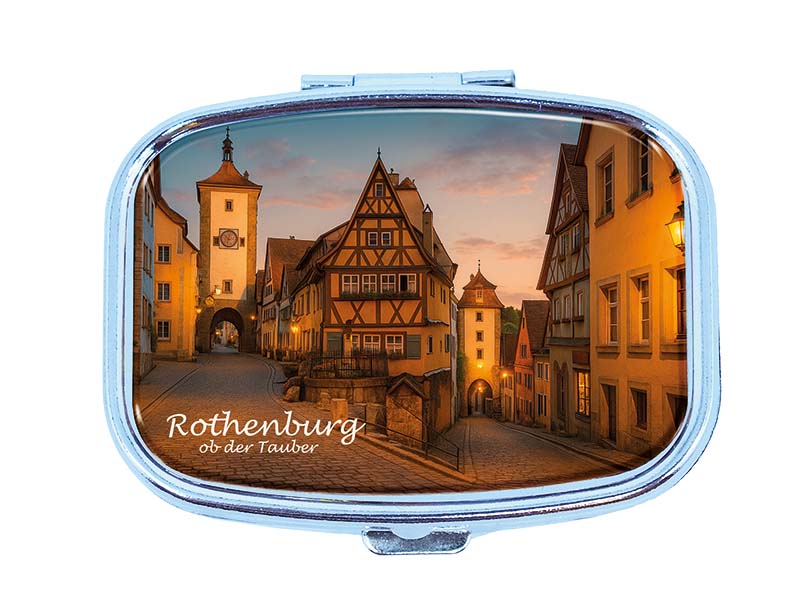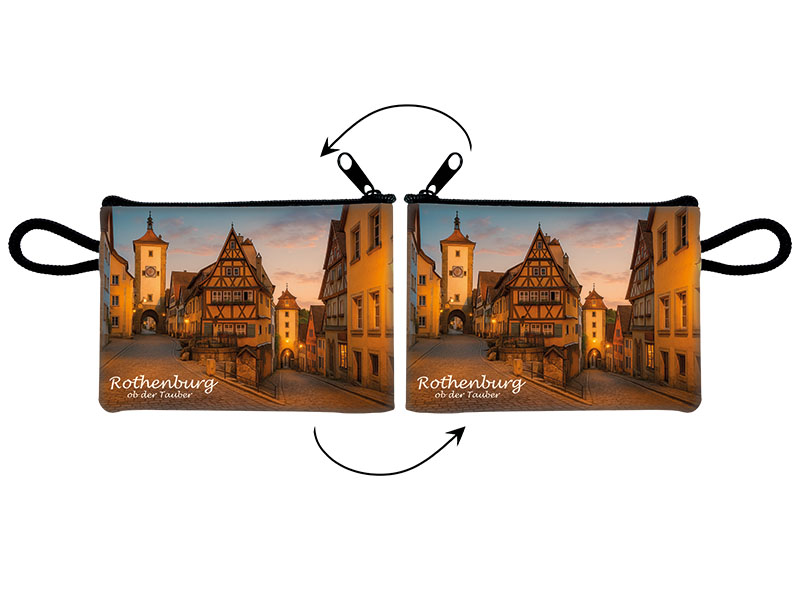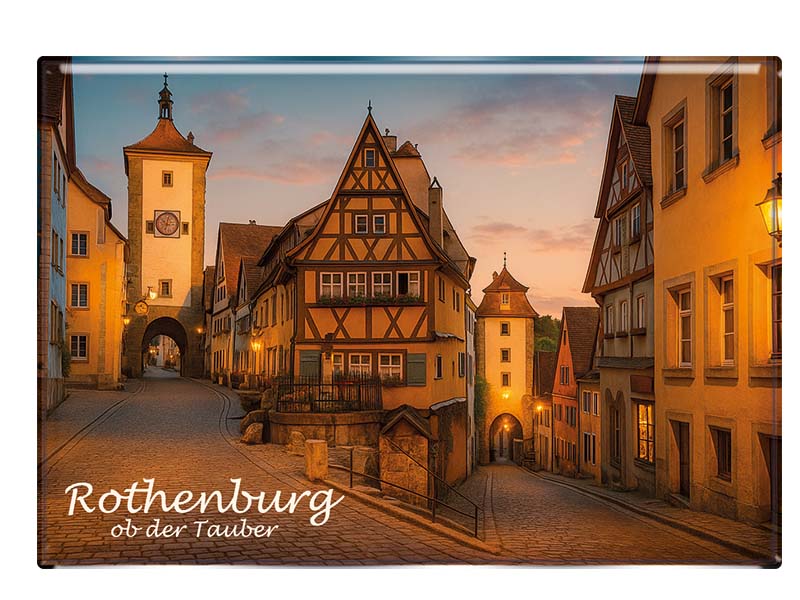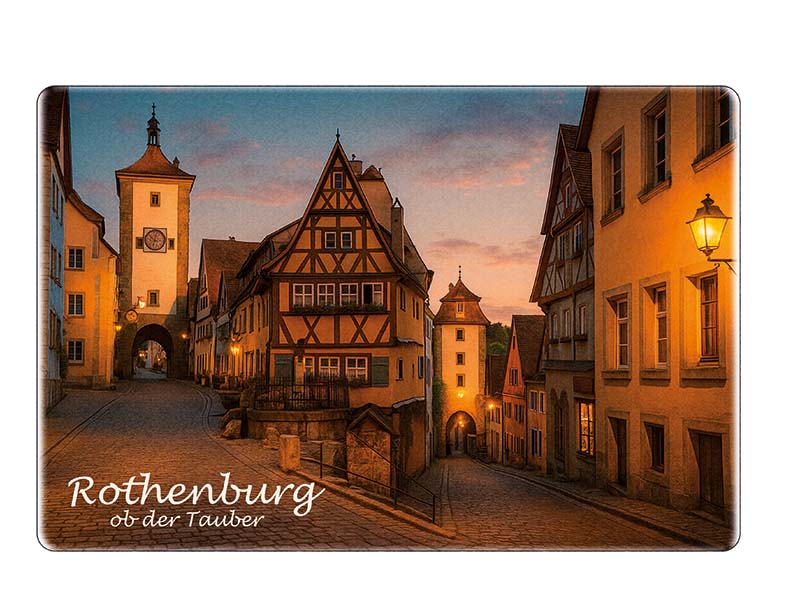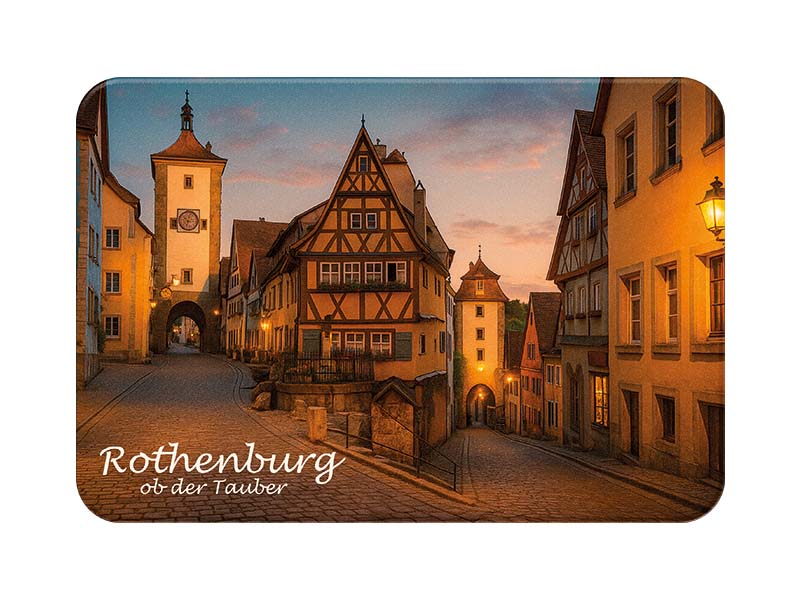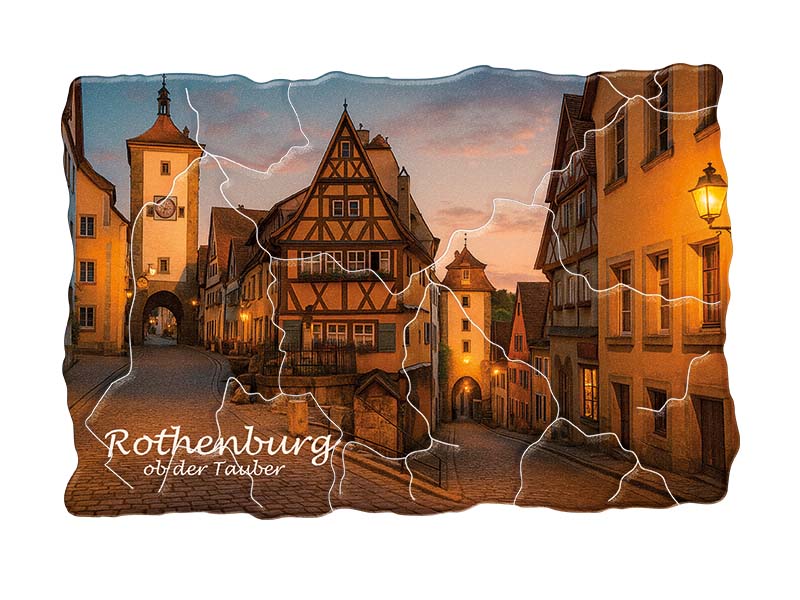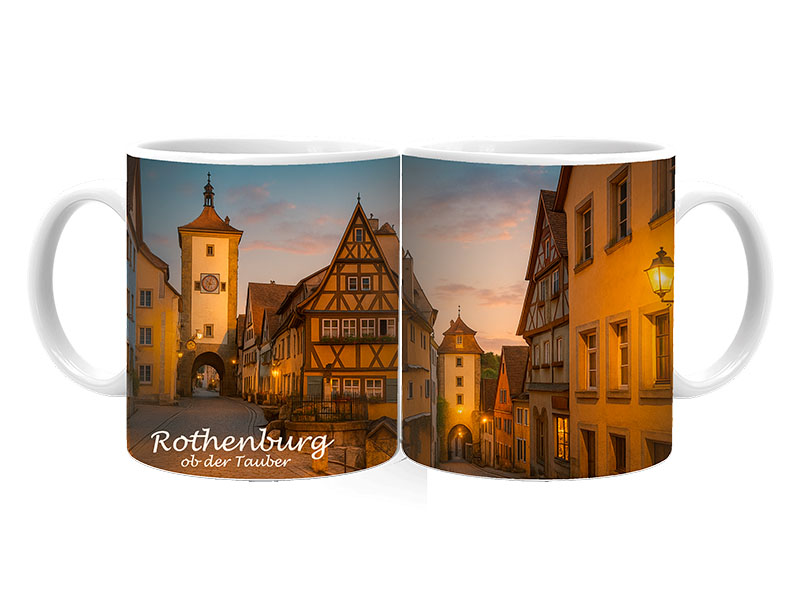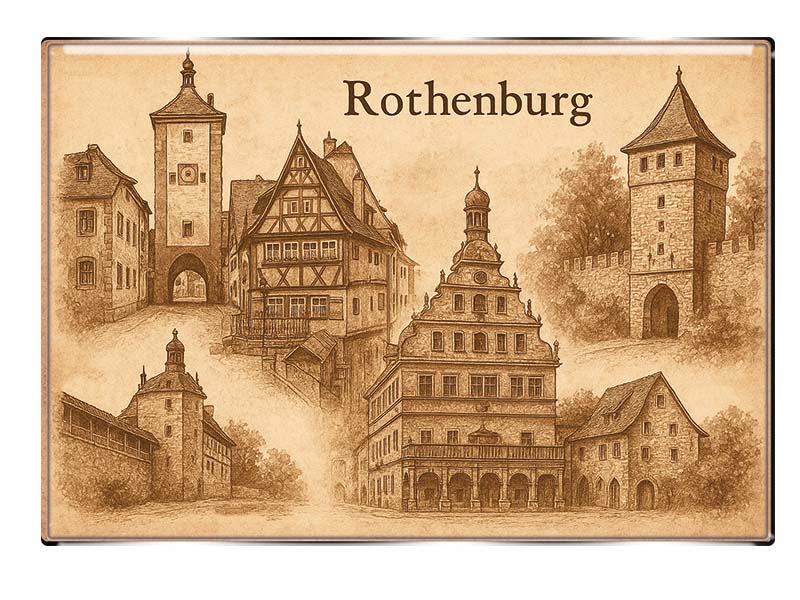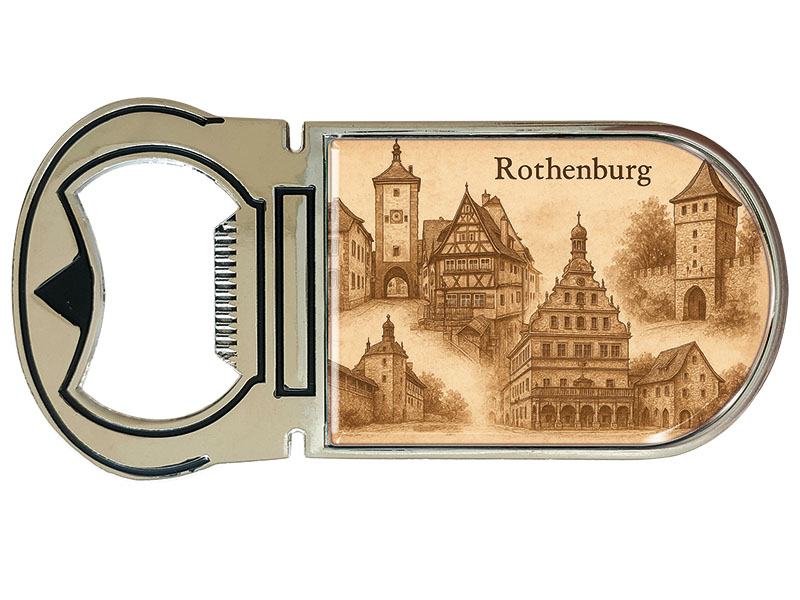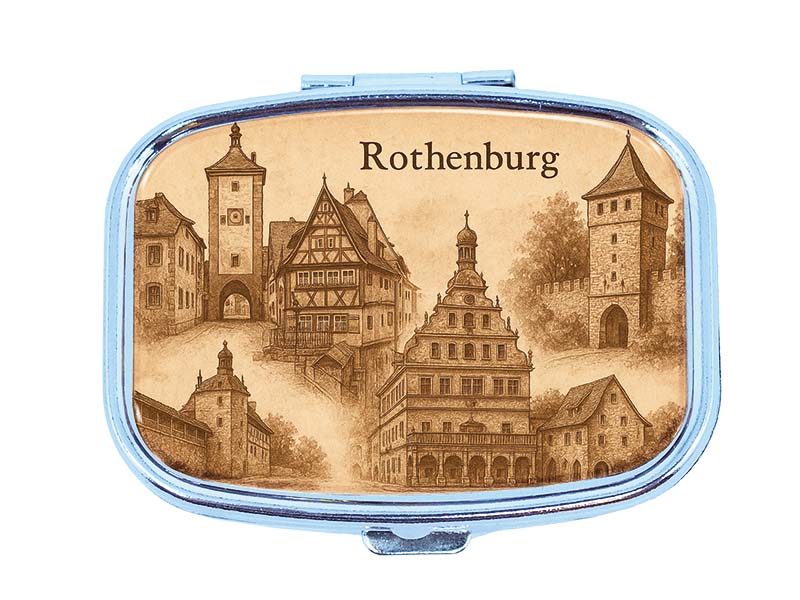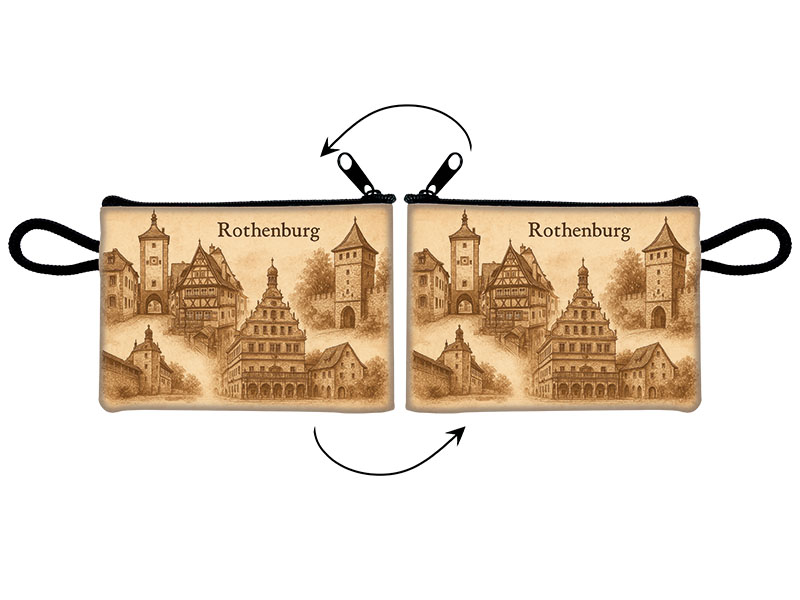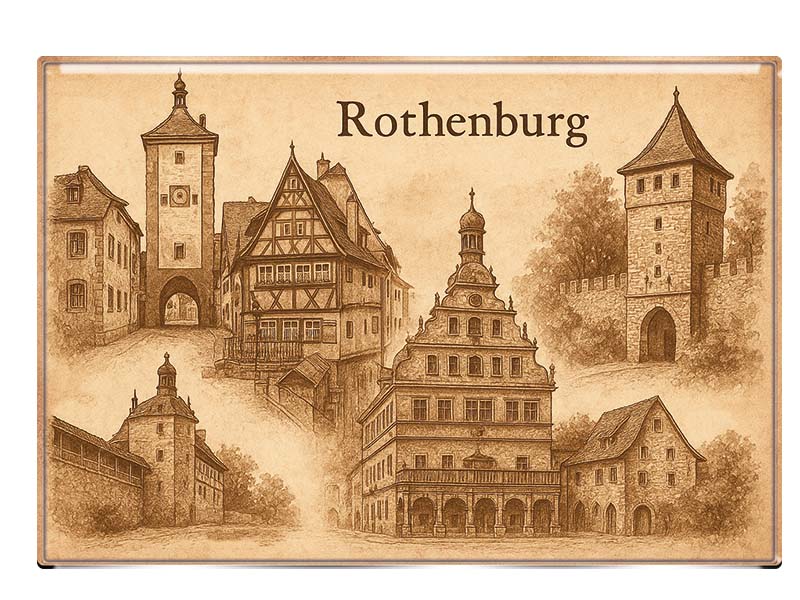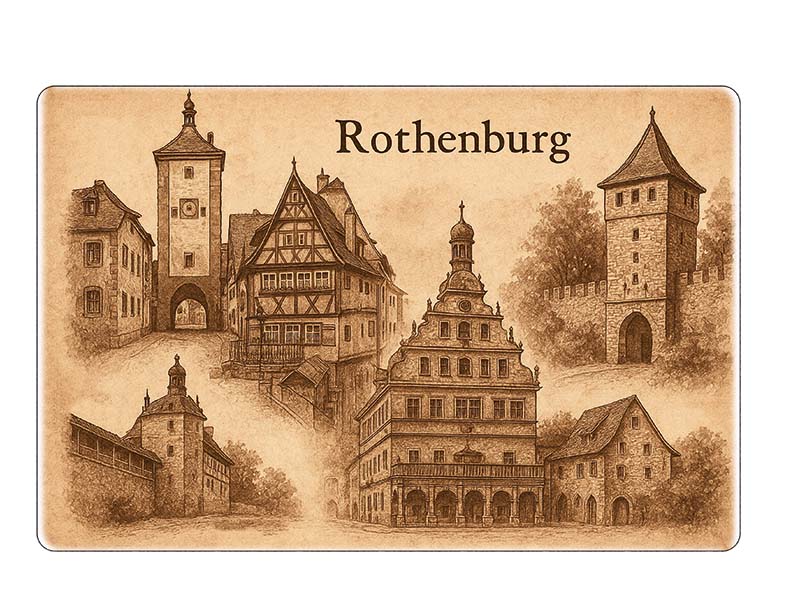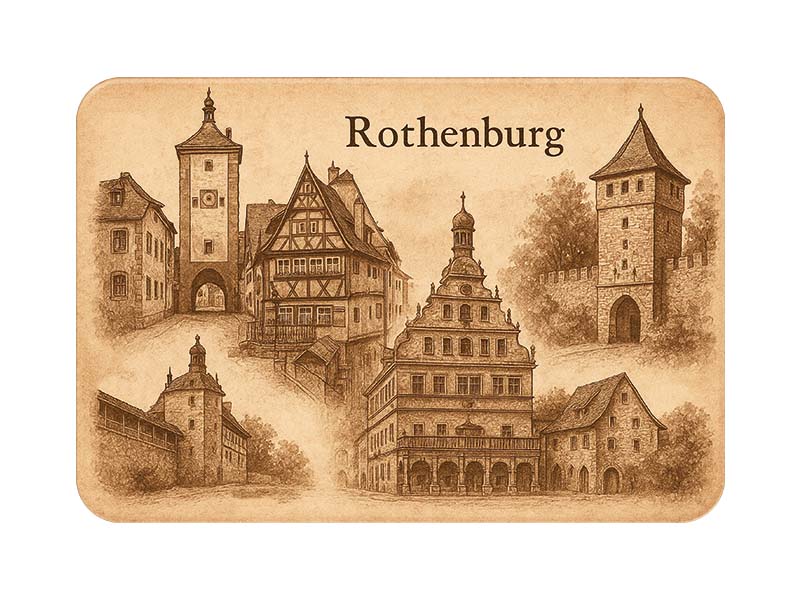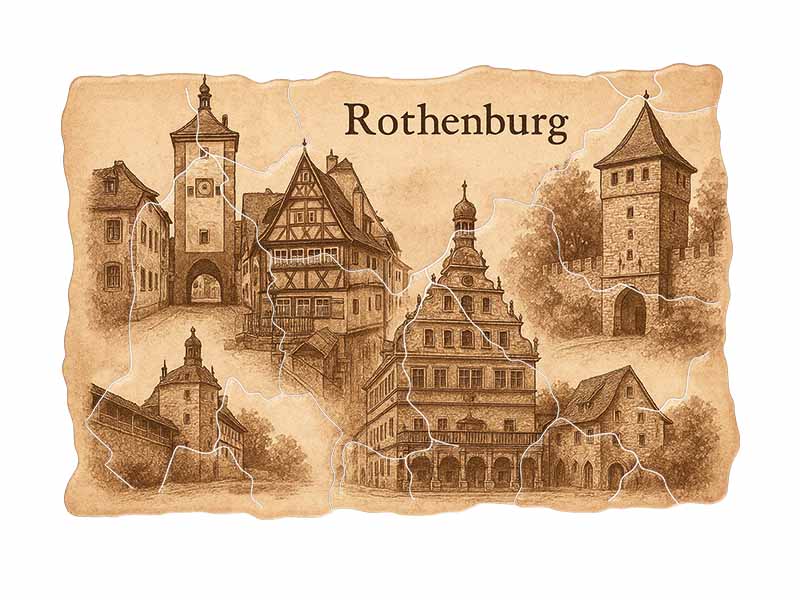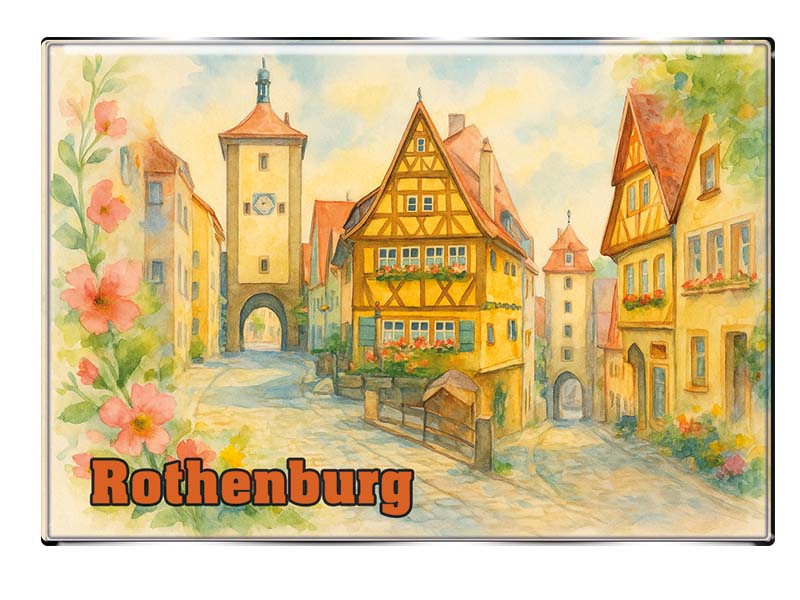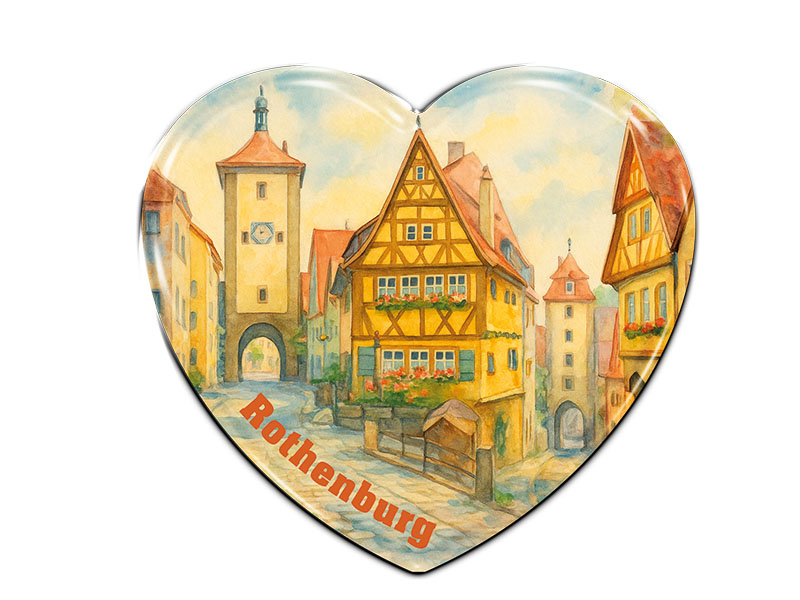- Vehicles
- Figures
- Witches
- Carnival
- Canvas
- Magnets
- Materials
- Maritime
- Hats
- New products
- Personalize
- Plush
- Dolls
- Collectible figures
- Keychain
- Special production
- %Special offers%
- Money boxes
-
Cities - Regions
- Bad Säckingen
- Bamberg
- Bayerischer Wald
- Berchtesgaden
- Berlin
- Bodensee
- Bremen
- Brocken
- Chiemsee
- Cochem
- Dinkelsbühl
- Dresden
- Eibsee
- Frankfurt
- Freiburg
- Gardasee
- Garmisch-Partenkirchen
- Hamburg
- Harz
- Heidelberg
- Helgoland
- Insel Mainau
- Kleinwalsertal
- Koblenz
- Köln
- Königssee
- Leipzig
- Lübeck
- Mecklenburgische Seenplatte
- München
- Nürnberg
- Oberammergau
- Passau
- Potsdam
- Quedlinburg
- Regensburg
-
Rothenburg
- Rügen
- Schwarzwald
- Stuttgart
- Sylt
- Titisee
- Traunsee
- Triberg
- Ulm
- Wernigerode
- Bags/Backpacks
- Textile
- Animal
- Subjects
More information? sign in.
More information? sign in.
More information? sign in.
More information? sign in.
More information? sign in.
More information? sign in.
More information? sign in.
More information? sign in.
More information? sign in.
More information? sign in.
More information? sign in.
More information? sign in.
More information? sign in.
More information? sign in.
More information? sign in.
More information? sign in.
More information? sign in.
More information? sign in.
More information? sign in.
More information? sign in.
More information? sign in.
More information? sign in.
More information? sign in.
More information? sign in.
Rothenburg ob der Tauber – A Medieval Jewel in Bavaria
Rothenburg ob der Tauber is one of Germany’s most iconic and well-preserved medieval towns. Located in the northern part of the federal state of Bavaria, specifically in the region of Middle Franconia (Mittelfranken), this picturesque town is a highlight of the famous Romantic Road, one of the most popular tourist routes in the country.
History and Origins
Rothenburg’s history dates back many centuries. Although the area around the Tauber River was settled by Celts and Romans, the actual founding of the town occurred in the 11th century. Around the year 1070, a Franconian noble named Reingold built a castle on a hill above the Tauber River. The town itself was founded around 1170, when King Conrad III began developing the area as an imperial estate. In 1274, King Rudolf of Habsburg granted Rothenburg the status of a Free Imperial City, making it politically independent and economically prosperous.
During the late Middle Ages, Rothenburg flourished thanks to its location on important trade routes connecting cities like Nuremberg, Frankfurt, and Würzburg. The town became a center for commerce in wine, textiles, and leather goods. Around the year 1400, Rothenburg had an estimated 6,000 residents, making it one of the largest cities in medieval Germany.
However, its fortunes changed during the Thirty Years’ War (1618–1648), which brought economic hardship and political decline. A notable event from this period is the legendary “Master Draught” (Meistertrunk). In 1631, Catholic general Tilly threatened to destroy the Protestant town, but allegedly spared it after former mayor Georg Nusch drank over 3 liters of wine in one gulp. Though the story may be embellished, it is still celebrated every year in festive reenactments.
Geography and Layout
Rothenburg sits on a plateau about 430 meters (1,410 feet) above sea level, overlooking the Tauber River, a tributary of the Main. The town is part of the Ansbach district and surrounded by rolling hills, forests, vineyards, and quaint Franconian villages.
As of 2025, Rothenburg ob der Tauber has around 11,100 inhabitants. Despite its small size, it is well connected by road (notably the A7 highway) and public transport, making it easy to reach by car, train, or tour bus.
Attractions and Sights
Rothenburg’s old town is a treasure trove of medieval architecture and charm. Miraculously, most of the town was spared from destruction during World War II, so its historical core remains intact and immersive.
City Walls and Towers
Rothenburg’s fully preserved city wall is one of its defining features. Visitors can walk along large sections of the wall, complete with watchtowers and panoramic views of the town and countryside.
Plönlein
Perhaps the most photographed spot in Rothenburg is the Plönlein, a charming half-timbered house flanked by two towers. It’s the very image of a fairy-tale village and has become a symbol of the town.
Market Square and Town Hall
At the heart of Rothenburg lies the Market Square, surrounded by colorful merchant houses and the impressive Town Hall, which combines Gothic and Renaissance architecture. The town hall tower offers a stunning bird’s-eye view.
St. James’ Church
The St. Jakobskirche (St. James’ Church) is home to the famous Holy Blood Altar by Tilman Riemenschneider, a masterpiece of late Gothic wood sculpture.
Medieval Crime Museum
This unique museum documents Europe’s legal and criminal history with fascinating – and sometimes grim – exhibits, including torture instruments, legal documents, and ancient laws.
German Christmas Museum
Rothenburg is a year-round Christmas destination, thanks to the German Christmas Museum and the legendary Käthe Wohlfahrt Christmas Village, where it’s Christmas every day.
Tourism
Rothenburg is one of the most visited towns in Germany, attracting around 2.5 million tourists each year from across the globe. It’s especially popular among visitors from Japan, the USA, South Korea, and China. Many tourists stop here as part of a Romantic Road tour, often combining Rothenburg with cities like Würzburg, Dinkelsbühl, and Füssen.
The town offers over 130 accommodation options, ranging from boutique hotels and historic inns to modern guesthouses. Major annual events include:
-
The Master Draught Festival (Pfingsten/Whitsun)
-
Imperial City Festival (Reichsstadt-Festtage) in September
-
Rothenburg Christmas Market (Reiterlesmarkt) in December
These events feature medieval parades, costumes, music, and traditional food, drawing tens of thousands of visitors.
Notable People
While Rothenburg is a small town, it has connections to several historically or culturally significant individuals:
-
Tilman Riemenschneider (c. 1460–1531): One of the greatest sculptors of the late Gothic period, known for the Holy Blood Altar in St. James’ Church.
-
Friedrich Hessing (1838–1918): A pioneer in orthopedics who contributed to early rehabilitation methods.
-
Reinhold Würth (*1935): Billionaire entrepreneur and patron of the arts with ties to the region.
-
Wilhelm von Finck (1848–1924): Banker and co-founder of Allianz Insurance.
-
The town has also served as a backdrop in major films, including "Harry Potter and the Deathly Hallows" and inspired the look of Disney’s “Pinocchio” and “Beauty and the Beast”.
Traditional Food and Drinks
Rothenburg’s cuisine is rooted in Franconian and Bavarian traditions – hearty, flavorful, and satisfying.
-
Schneeballen (Snowballs): Rothenburg’s most famous treat. These deep-fried pastry balls are coated in powdered sugar, chocolate, or icing. Originally made for weddings, they’re now sold year-round in many bakeries.
-
Franconian Sauerbraten: Marinated pot roast, typically served with red cabbage and dumplings (Klöße).
-
Bratwurst with Sauerkraut: A staple dish in many local taverns.
-
Tauber Valley wines: The region is known for its excellent white wines, especially Silvaner and Müller-Thurgau, often bottled in traditional Bocksbeutel flasks.
-
Local beer: Several craft breweries in the area produce unfiltered, naturally cloudy beers and Kellerbiers (cellar beers).
Typical Souvenirs
Rothenburg is a shopper’s paradise for those looking for unique and authentic gifts. Some of the most popular souvenirs include:
-
Schneeballen in decorative boxes – perfect for taking a taste of Rothenburg home.
-
Hand-carved wooden Christmas ornaments from Käthe Wohlfahrt.
-
Ceramic mugs, plates, and jugs decorated with medieval scenes.
-
Miniature Plönlein models, knight figurines, and city wall replicas.
-
Traditional Franconian wine in distinctive Bocksbeutel bottles.
-
Medieval-themed clothing and costume accessories.
Conclusion
Rothenburg ob der Tauber is far more than a charming town – it’s a living time capsule that transports visitors straight into the past. With its cobbled streets, half-timbered houses, fortified walls, and timeless traditions, Rothenburg offers a unique blend of history, culture, and warm hospitality.
Whether you're strolling along the medieval walls, sampling Schneeballen, exploring Christmas markets, or simply soaking in the fairy-tale atmosphere, Rothenburg leaves a lasting impression. It’s no wonder that this small town in the heart of Bavaria continues to enchant millions of visitors from around the world year after year.

